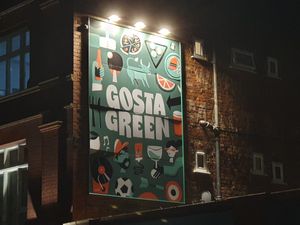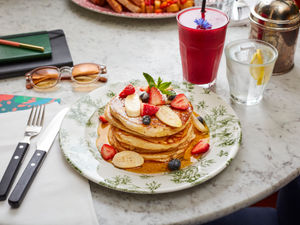Nostalgia, history and a lot of beer: These are the 10 oldest pubs in the Black Country
Brewing and beer have a long history in the Black Country, and over the years pubs aplenty have provided for thirsty customers.
Watch more of our videos on ShotsTV.com
and on Freeview 262 or Freely 565
The traditional pubs have come and gone over the years, with many people remembering spit-and-sawdust pubs with snugs, public bars and warming fireplaces.
While a lot of old fashioned and traditional pubs have fallen by the wayside, been demolished or given new life as housing or restaurants, some pubs still remain from the past and continue to thrive in the modern day.
Using the Campaign for Real Ale (CAMRA) What Pub Guide and Heritage Pub sites, we've compiled a top 10 list of the oldest pubs still open and serving in the Black Country, based on when they were built and when they originally opened.
The list reveals a lot about the drinking hotspots of the region, with the traditional heart of the Black Country in Dudley and Sandwell accounting for the first nine of the pubs and Walsall accounting for the most recent on the list.
Both Dudley borough and Sandwell are home to a number of traditional pubs serving real ale and boasting a historic pub interior considered of national historic significance or interest, according to CAMRA, so this list will show the date it originates from and where you can find it.
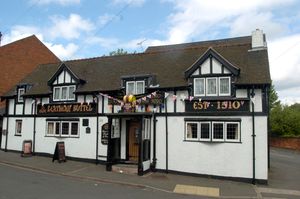
1st - Ye Olde Leathern Bottell, Vicarage Road, Wednesbury - 1510
The pub has been a feature of the town since the early 1500s, with the front areas of the bar and snug set in cottages, while a later extension contains a comfy lounge.
The small snug is often used as a function room and the four rooms have a number of old photos with the bar displaying one of the pub from 1887 and a map of Wednesbury from 1846.
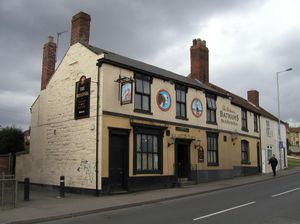
2nd - The Britannia, Kent Street, Upper Gornal - 1780
The pub is the oldest in Gornal, built in 1780 and it has a nationally important historic pub interior because of the taproom at the rear with its wall-mounted hand pulls.
It was passed to the Perry Family in 1866, who were also butchers, and the pub passed down the line until it was sold by Sarah Louise Perry, one of the few female brewers and butchers in the country, before being taken on by Batham's in 1997.
It still keeps several of the original features, including hand pulls on the wall at the rear room and wooden panelling and etched windows which date back to the 1920s.
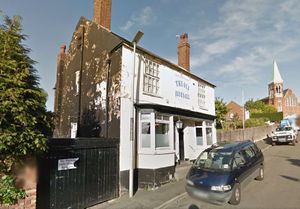
3rd - The Old Blue Ball, Hall End, Wednesbury - 1786
A second Wednesbury pub and a traditional Victorian Black Country pub with many surviving original features, such as chamber pots, jugs and advertising mirrors as decoration in the small bar.
The small snug has a sketch of the pub plus paintings on the walls, while the stand-up passage has artists' impressions of old Wednesbury and the split level garden includes an outside TV and children's play area.
The pub has remained unaltered since the 1970s and is on CAMRA's list of heritage pubs of regional significance.
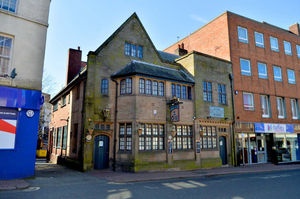
4th - The Griffin, Stone Street, Dudley - 1819
This gothic pub was originally a home-brew house and was later rebuilt in 1837, called the Griffin Inn, and brewing continued until the pub was taken over by Wolverhampton & Dudley Breweries.
A message from the team assures pub-lovers that they can expect a warm welcome and an extensive drinks range in a 'friendly and lively' atmosphere.
The pub has pool, live music and darts, and boasts a five star food hygiene rating.
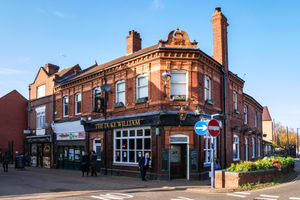
5th - Duke William, Coventry Street, Stourbridge - 1820
The Duke William pub in Stourbridge sits on the corner of Coventry Street overlooking the busy town centre roundabout and, from the outside, seems like an unassuming place.
However, open the doors and you’re met with a warm and comfortable pub, with authentic fireplaces, a large bar and adjacent snug for people to drink in, as well as an upstairs function room.
The pub became the home of Craddock’s Brewery in 2011 and continues to carry the many ales of the brewery, which is now based in Bridgnorth, with Mr Shakespeare saying there were always four beers on tap.
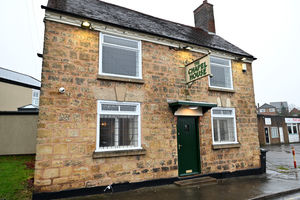
6th - Chapel House, Ruiton Street, Gornal - 1834
The Chapel House started out as a meeting place for a Methodist group called the Gornal Lanterns in 1834 and saw alcohol poured as part of the meeting.
It later became a pub with the name ‘The Miners Arms’ in 1877, but was always known locally as The Chapel House and was, in fact, officially renamed as that in 2013.
A renovation by the owners Holden’s Brewery and Woodsetton Pub Company in 2023 has given the bar area a modern, light look, while also keeping the stone effects and exterior from when the pub was bought in 1949.

7th - Old Swan, Halesowen Road, Netherton - 1835
Affectionately known as Ma Pardoe's after the long-serving, and entirely teetotal landlady Doris Pardoe, who ran the pub between 1932 and 1984, the pub originates from 1835 and was extensively rebuilt in 1863.
The original part of the pub, including the iconic front bar with its enamel panelled ceiling and stove, is largely unspoilt.
The home of the Olde Swan Brewery is one of the last four remaining English home-brew pubs from 1974 and is on CAMRA's National Inventory of Historic Pub Interiors.
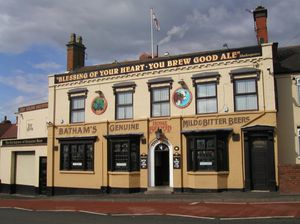
8th - The Vine, Delph Road, Brierley Hill - 1836
Owned by Batham's, the pub is described as an unspoilt brewery tap with an ornately decorated facade proclaiming the Shakespearian quotation 'Blessing of your heart, you brew good ale'.
The elongated pub has a traditional bar, while the larger rear room has its own servery, leather seating and a dartboard.
The lounge was partly converted from former brewery offices and Black Country lunches, such as faggots and home-made pies, are served on weekdays.
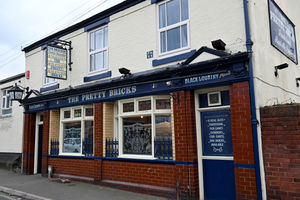
9th - Pretty Bricks, John Street, Walsall - 1840
The Pretty Bricks in Walsall is described by UK pub guide website Whatpub as “a real back-street gem” and was also the first Black Country pub and second nationally to be recognised by the Campaign for Real Ale.
The pub on John Street dates back to the 1840s, with its name taken from the coloured glazed bricks at the front.
The entrance leads into a passage (with the front bar off to the right) which opens out into a rear lobby, then a rear lounge with a new fireplace.
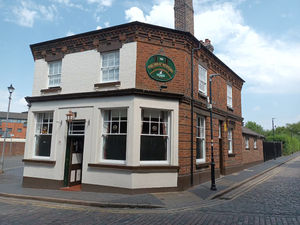
10th - Great Western, Corn Hill, Wolverhampton - 1849
This Victorian site has been described as one of the region's most traditional pubs, with the Grade II listed building once sitting at the end of a row of terraced houses.
The interior consists of four areas: front bar, long lounge, snug and conservatory at the back and has plenty of railway and Wolves FC memorabilia on display.
It is situated near Wolverhampton Railway station and is next to the site of the former Low Level Railway Station.

